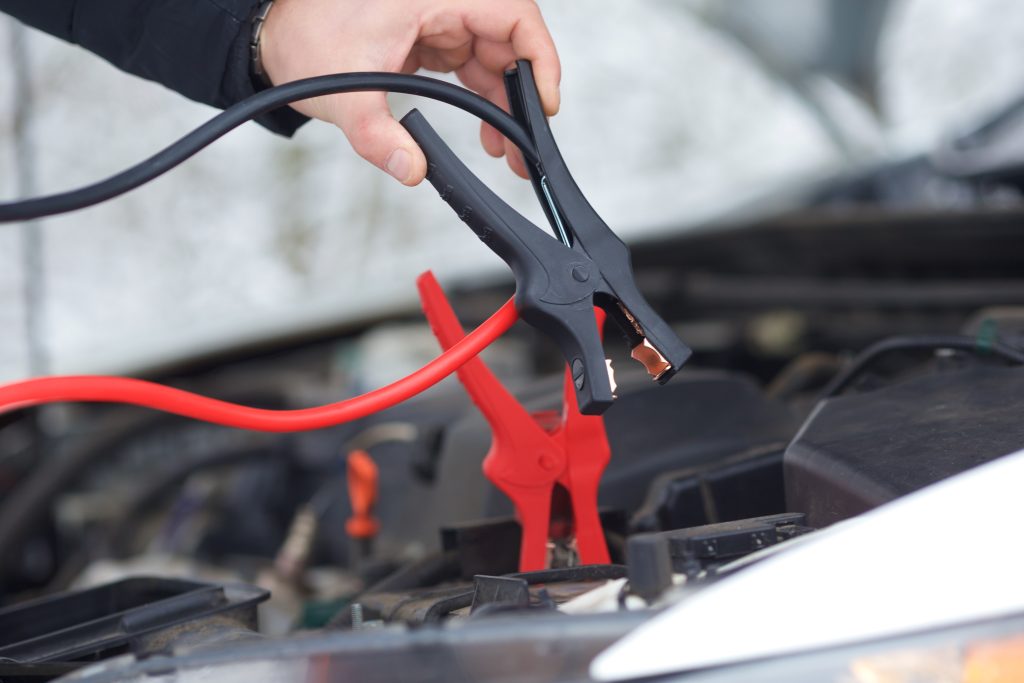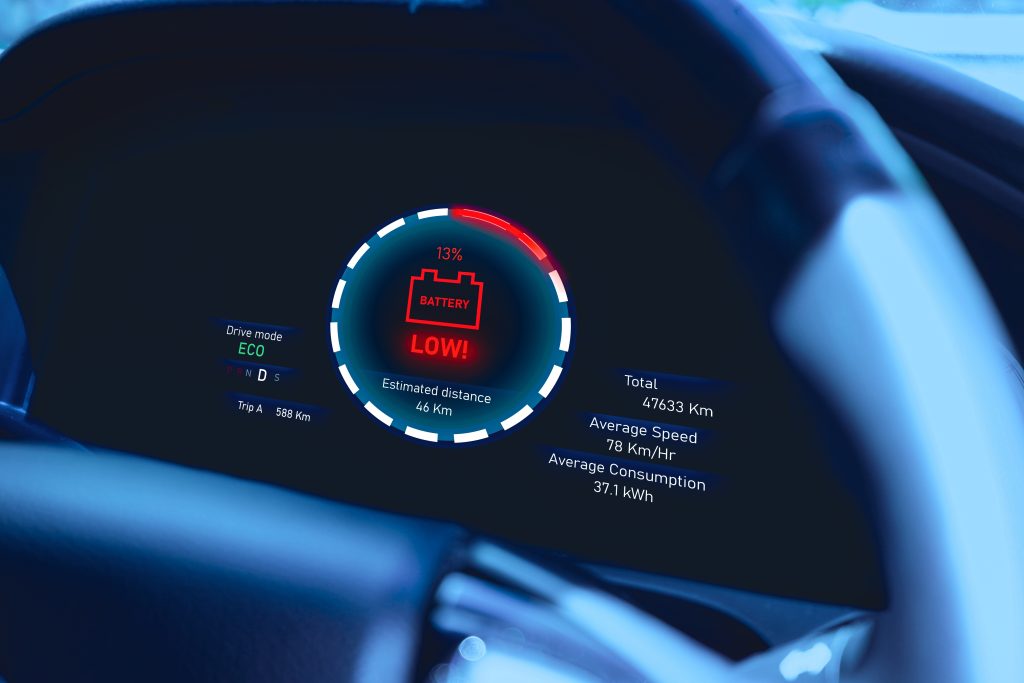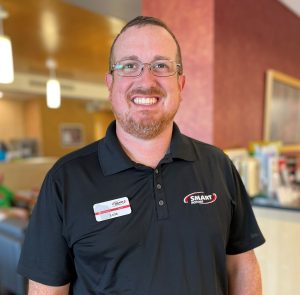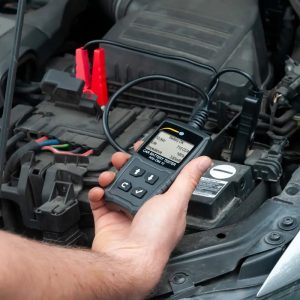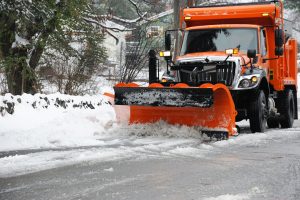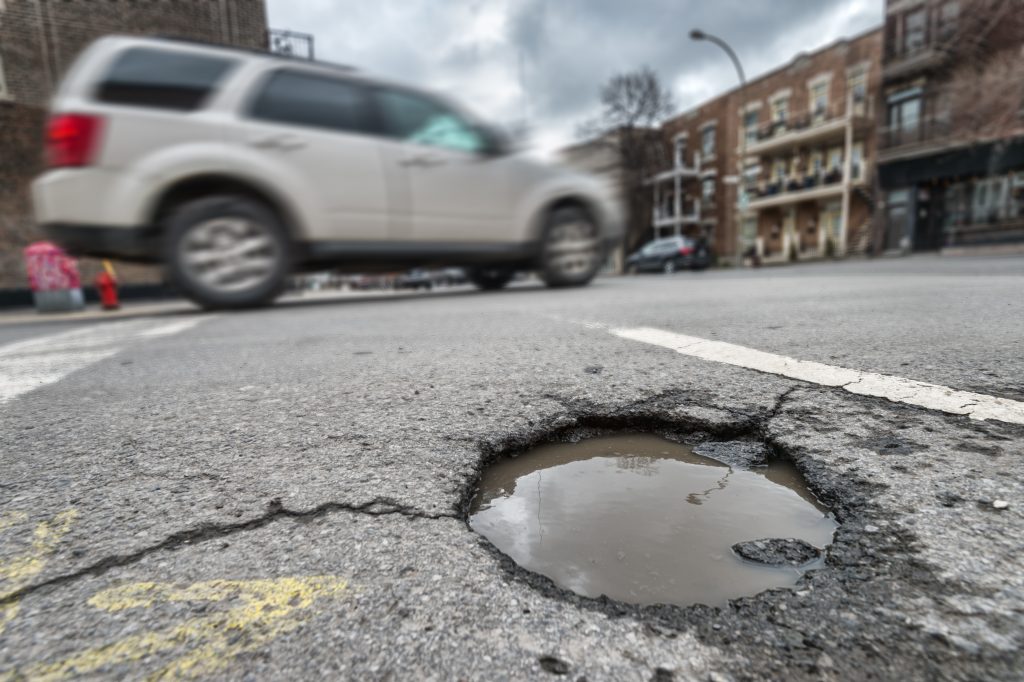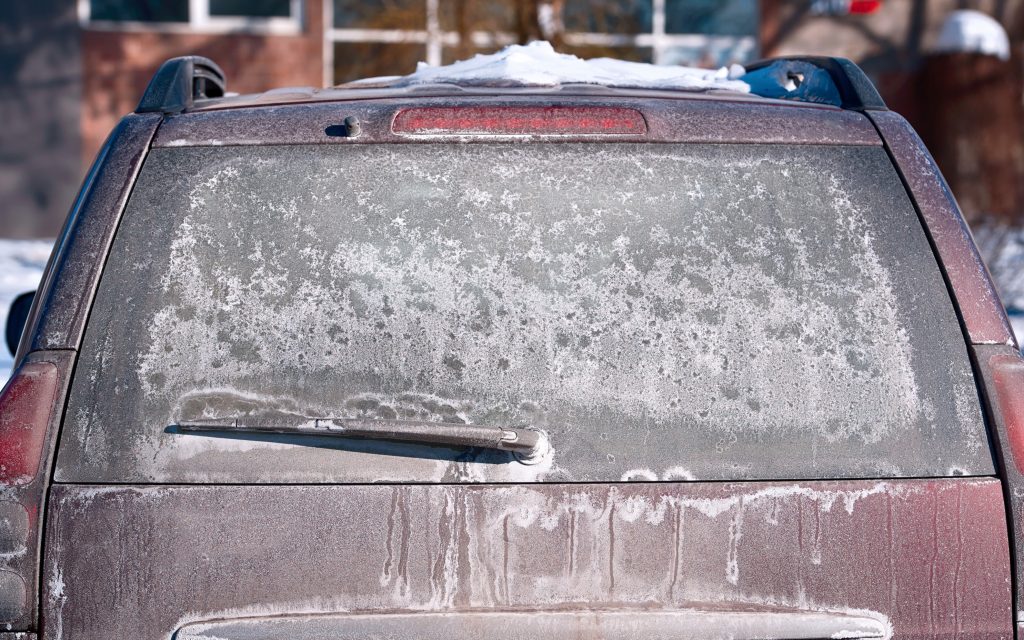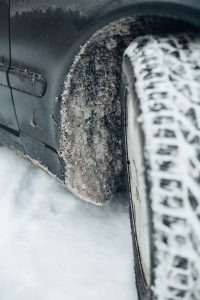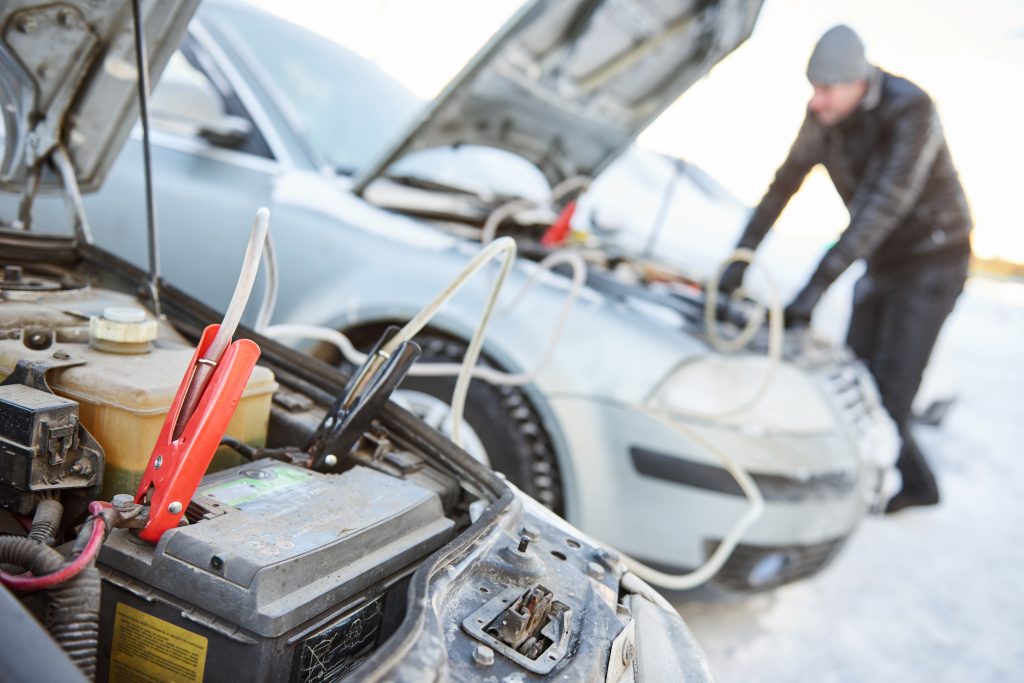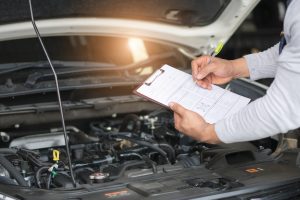Cybertruck Came Back From Tesla Service With 26,000 Miles Less And That’s The Least Of Its Worries

- Tesla Cybertruck’s odometer was reset to zero after a service visit, erasing over 26,000 miles.
- Owner says the vehicle now has a “lazy eye” from a headlight issue and a missing front bash plate.
- The Tesla service center has yet to resolve all reported issues or explain the odometer glitch.
Service experiences: like most things in life, they are not always the same. Some are exemplary, most range from quite good to satisfactory, others are bad – and then there are these ones. Imagine dropping your prized six-figure possession off at a service center for a few minor fixes, only to get it back with more issues than you started with, including, bizarrely, a completely wiped odometer. That’s what one unlucky Tesla Cybertruck owner had to endure, as detailed in a head-scratching thread.
More: Tesla’s Recall Service Left This Cybertruck With A Burn Mark And Panel Gap
In the words of the owner, “My CyberBeast went in for a spa day and came back a newborn, with a lazy eye and a missing limb.” That’s the almost unbelievable title to a new thread over at CybertruckOwners. In it, one member describes one of the strangest service experiences we’ve heard about in a while. Not only did Tesla’s service not address all of the issues this Cybertruck had, they gave it back to the customer after wiping the odometer. This wasn’t a rollback. This was more of a ‘never was.’
Notably, this is a Cyberbeast we’re talking about. The most expensive version at over $100,000, and one would like to hope, most carefully crafted cars Tesla makes. The owner dropped it off for a handful of minor things. He wanted a new light bar installed, he asked Tesla to nudge a few panel gaps so that they’d line up better, and the service team needed to address an on-again-off-again ABS alert.
Service Day Turns Into a Nightmare
According to his post, Tesla promised to have it all done by Thursday of that week. When that fell through, the service team moved his pickup day to Friday, and sure enough, by 5:30 p.m., it was ready… or so he thought. When he arrived, a few things weren’t quite right. The truck didn’t remember his phone, trim was hanging down under the glove box, and the odometer read zero.
As he puts it, “My 26 k-mile CyberBeast is now a CyberBaby. Shot a video while the “count” rolled from 0 → 1 as I left the lot. App and service menu agree — factory-fresh, just ignore the 5 months of road-trip Dorito dust.” To make this even clearer, it wasn’t a glitch. Based on whatever happened while the truck was in service, every source of information about his mileage agreed.
Video Cybertruckownersclub
Just to hammer the point home, the owner even included a video showing the odometer moving from 0 to 1 mile as he drove away. However, that wasn’t even the worst of it. The light bar installation? Well, let’s just say it looked like it had been done by someone who didn’t quite understand what the word symmetry means. There was a half-inch gap on one side and none on the other. And (because, why not?) there was a loose bolt in the tailgate and a trim panel that wasn’t even properly attached.
Also: Some Cybertrucks Getting Bricked After Tesla’s Latest Software Updates
At this point, he’s still trying to figure out what the proper solution is. Many on the forum believe Tesla missed a step, or several, near the end of service. Regardless, it’s not a good look for a company already working hard to improve its public image.



 maintenance and repair plans and OnDemand service, designed to make electrification even easier for business customers across North America by providing expert service support for nearly any EV charging equipment. InCharge’s industry-leading focus on EV charger-focused service support is designed to address the growing number of businesses with one or more brands of EV chargers on premises with no support in place for maintaining or extending the life of the equipment.
maintenance and repair plans and OnDemand service, designed to make electrification even easier for business customers across North America by providing expert service support for nearly any EV charging equipment. InCharge’s industry-leading focus on EV charger-focused service support is designed to address the growing number of businesses with one or more brands of EV chargers on premises with no support in place for maintaining or extending the life of the equipment.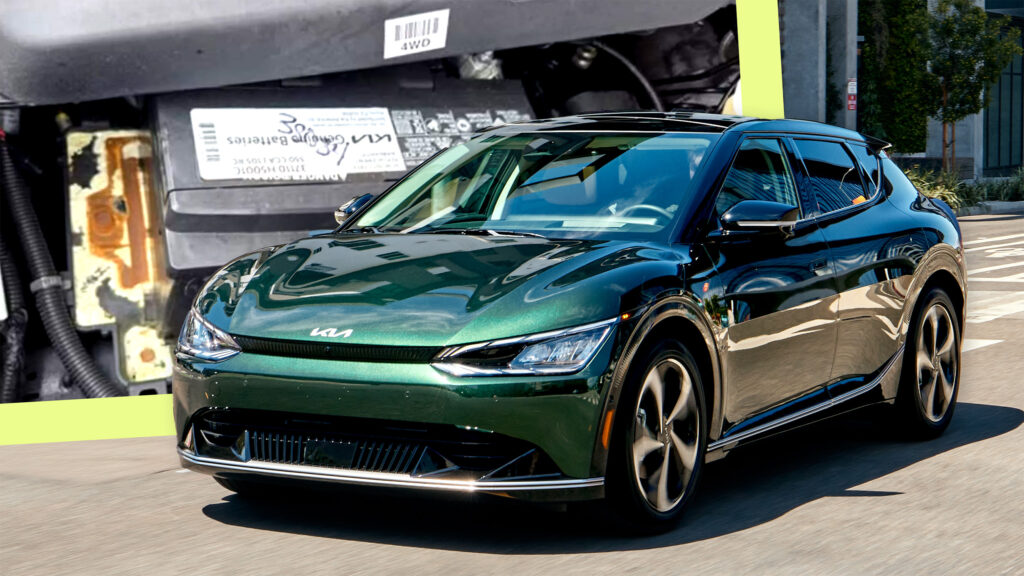
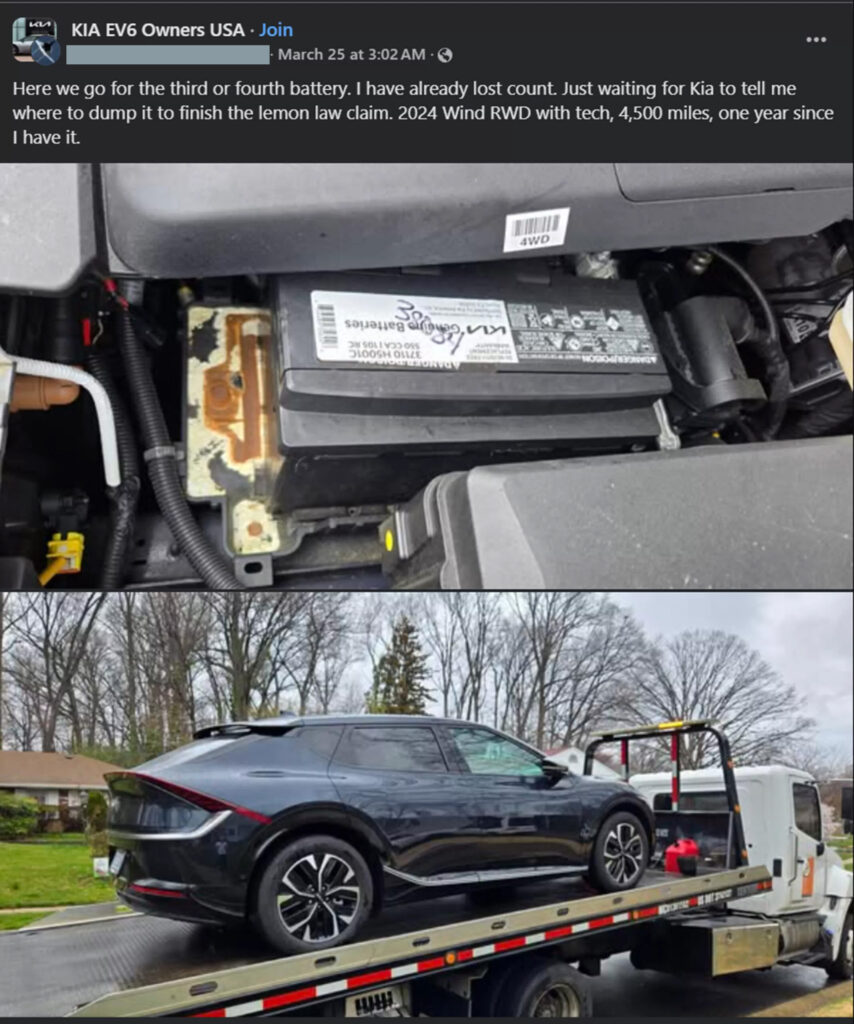
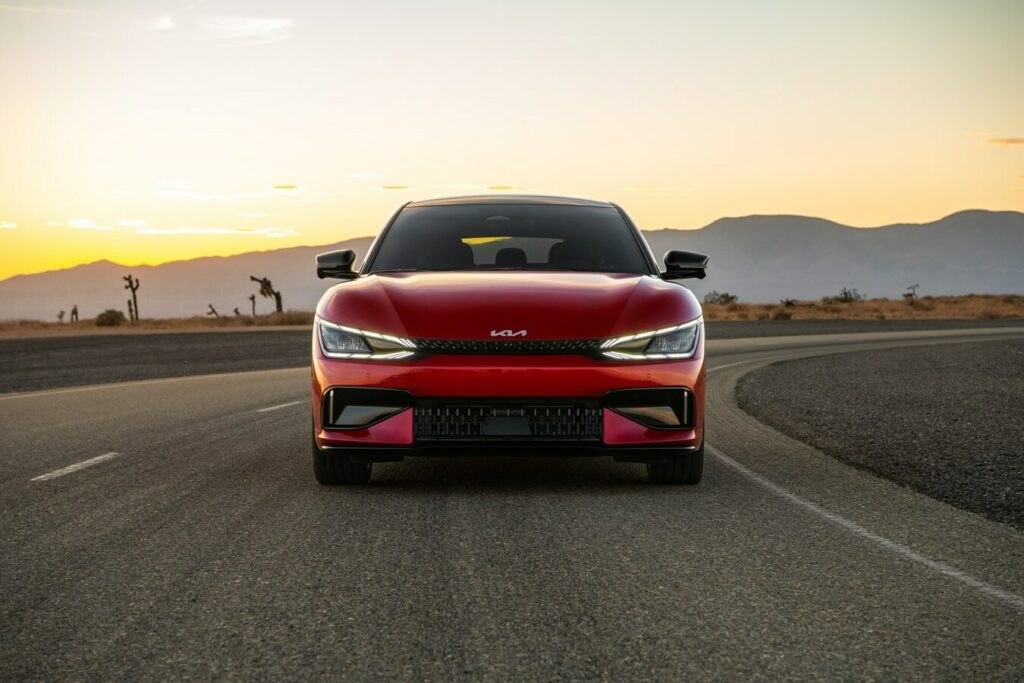
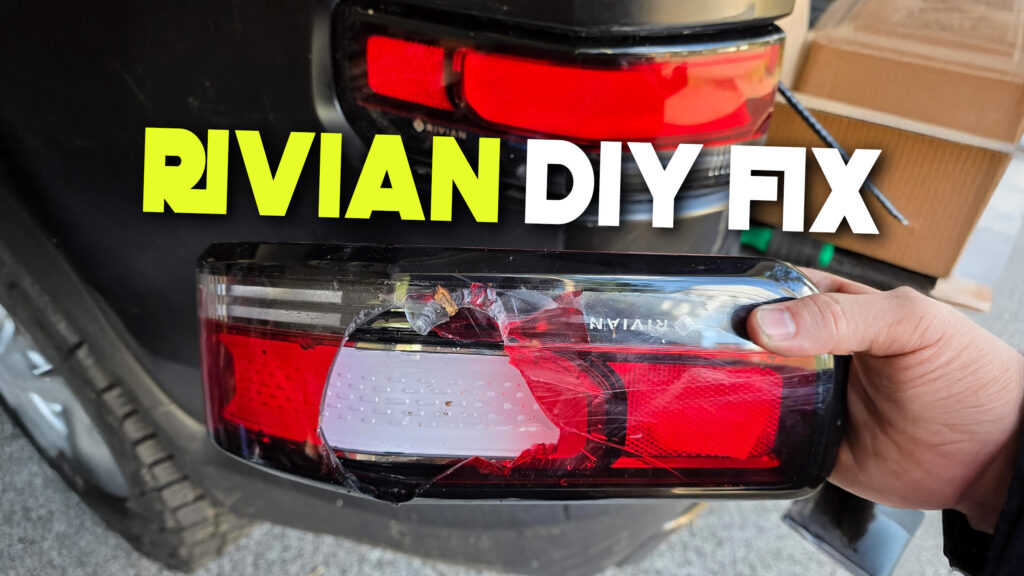


 Senior Vice President of Maintenance Todd Hawkins oversees management for all 500 maintenance operations for First Student. Hawkins has more than 30 years of experience as a manager of maintenance. He is responsible for First Student’s maintenance activities which include school buses, transit contracting systems operating fixed-route, paratransit, trolley, shuttle, and over-the-road vehicles. Hawkins’ focus is on managing our maintenance quality assurance programs and implementing innovative methods to improve efficiency and bring accountability to our clients.
Senior Vice President of Maintenance Todd Hawkins oversees management for all 500 maintenance operations for First Student. Hawkins has more than 30 years of experience as a manager of maintenance. He is responsible for First Student’s maintenance activities which include school buses, transit contracting systems operating fixed-route, paratransit, trolley, shuttle, and over-the-road vehicles. Hawkins’ focus is on managing our maintenance quality assurance programs and implementing innovative methods to improve efficiency and bring accountability to our clients. Edmund Dixon is a Principal Consultant for First Consulting, focused on providing districts with efficient routing solutions, streamlined operations procedures and effective fleet maintenance.
Edmund Dixon is a Principal Consultant for First Consulting, focused on providing districts with efficient routing solutions, streamlined operations procedures and effective fleet maintenance.